FDA has granted an accelerated approval to tovorafenib (Ojemda) for kids and teens who have low-grade glioma with changes in the BRAF gene.



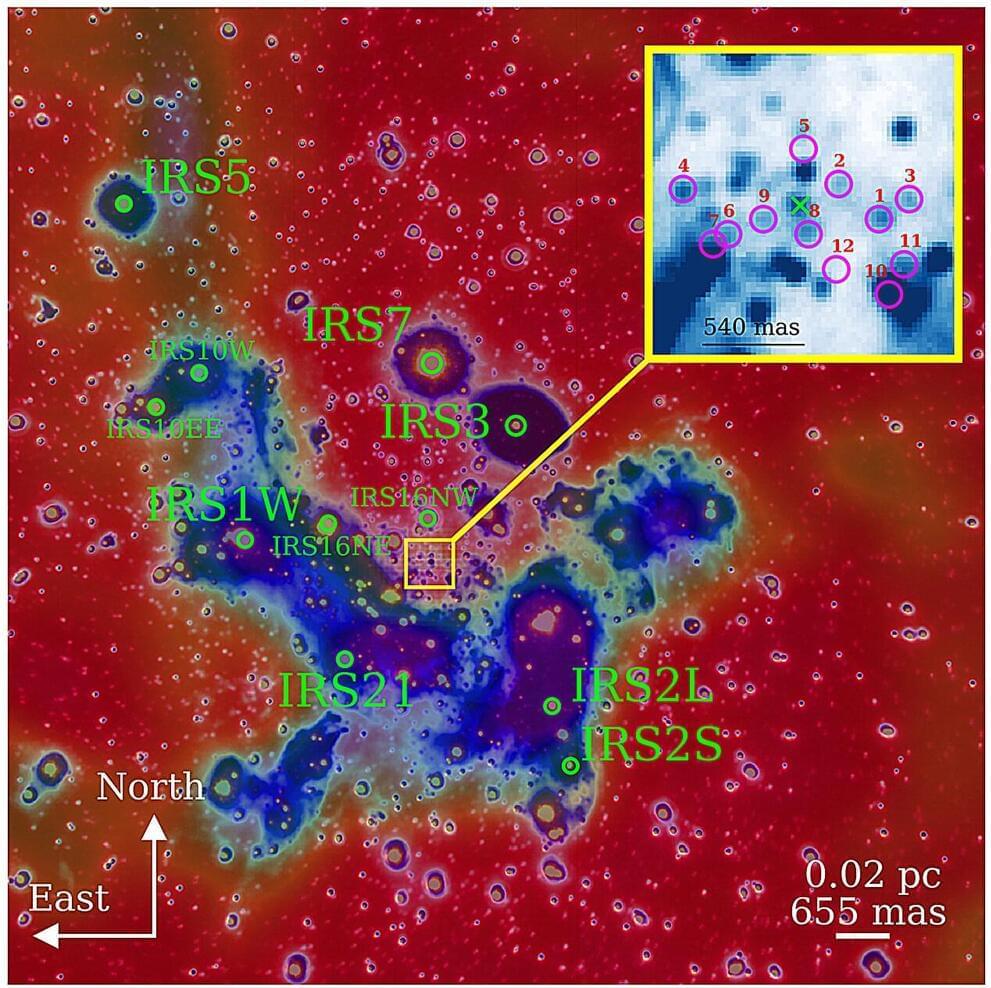
Observational astronomy shows that newly discovered young stellar objects (YSOs) in the immediate vicinity of the supermassive black hole Sagittarius A located in the center of our galaxy behave differently than expected. They describe similar orbits to already known young evolved stars and are arranged in a particular pattern around the supermassive black hole.
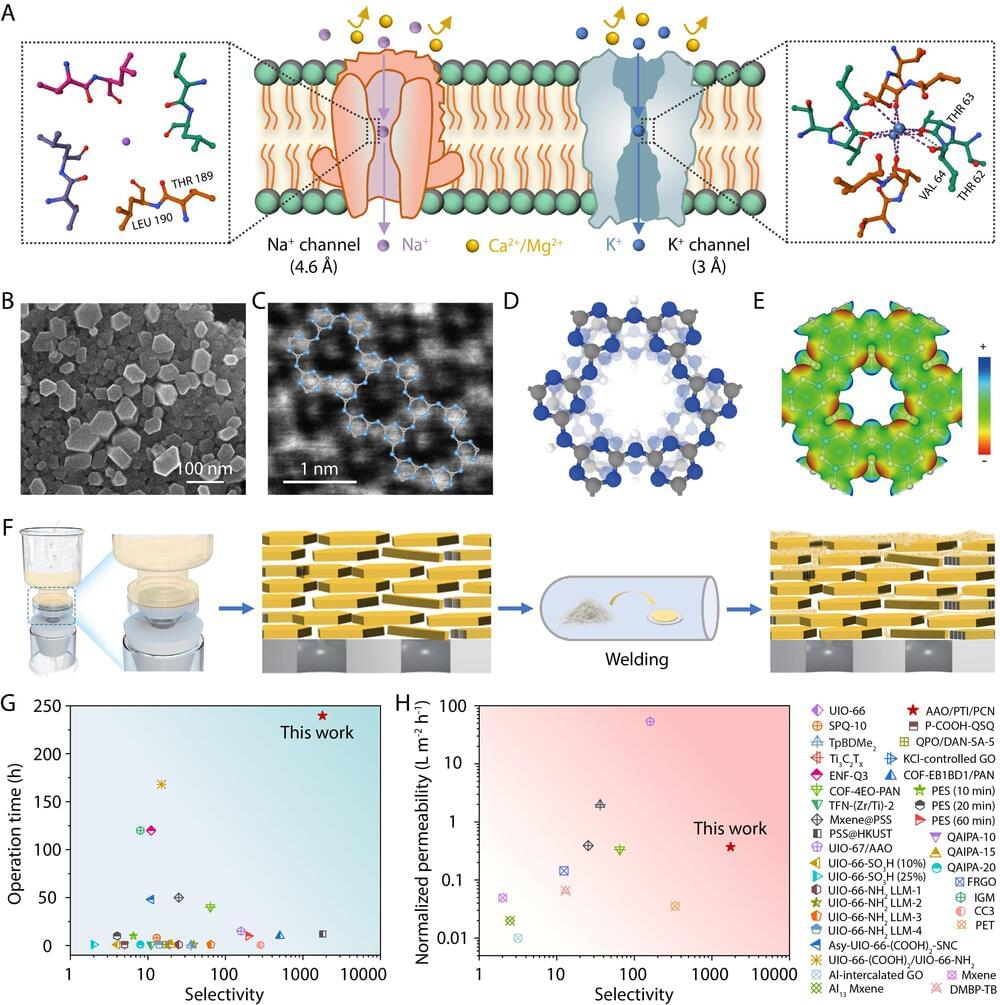
In a breakthrough for lithium recovery technologies, researchers from the Qingdao Institute of Bioenergy and Bioprocess Technology (QIBEBT) of the Chinese Academy of Sciences, together with collaborators, have developed a crystalline carbon nitride membrane that could transform the lithium extraction industry.
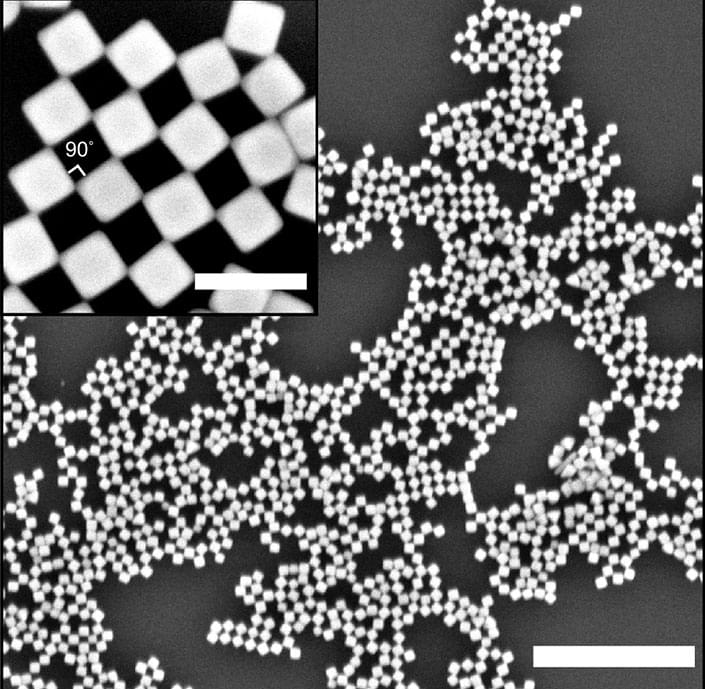
Researchers have engineered nanosized cubes that spontaneously form a two-dimensional checkerboard pattern when dropped on the surface of water. The work, published in Nature Communications (“Self-assembly of nanocrystal checkerboard patterns via non-specific interactions”), presents a simple approach to create complex nanostructures through a technique called self-assembly.
“It’s a cool way to get materials to build themselves,” said study co-senior author Andrea Tao, a professor in the Aiiso Yufeng Li Family Department of Chemical and Nano Engineering at the University of California San Diego. “You don’t have to go into a nanofabrication lab and do all these complex and precise manipulations.”
Each nanocube is composed of a silver crystal with a mixture of hydrophobic (oily) and hydrophilic (water-loving) molecules attached to the surface. When a suspension of these nanocubes is introduced to a water surface, they arrange themselves such that they touch at their corner edges. This arrangement creates an alternating pattern of solid cubes and empty spaces, resulting in a checkerboard pattern.
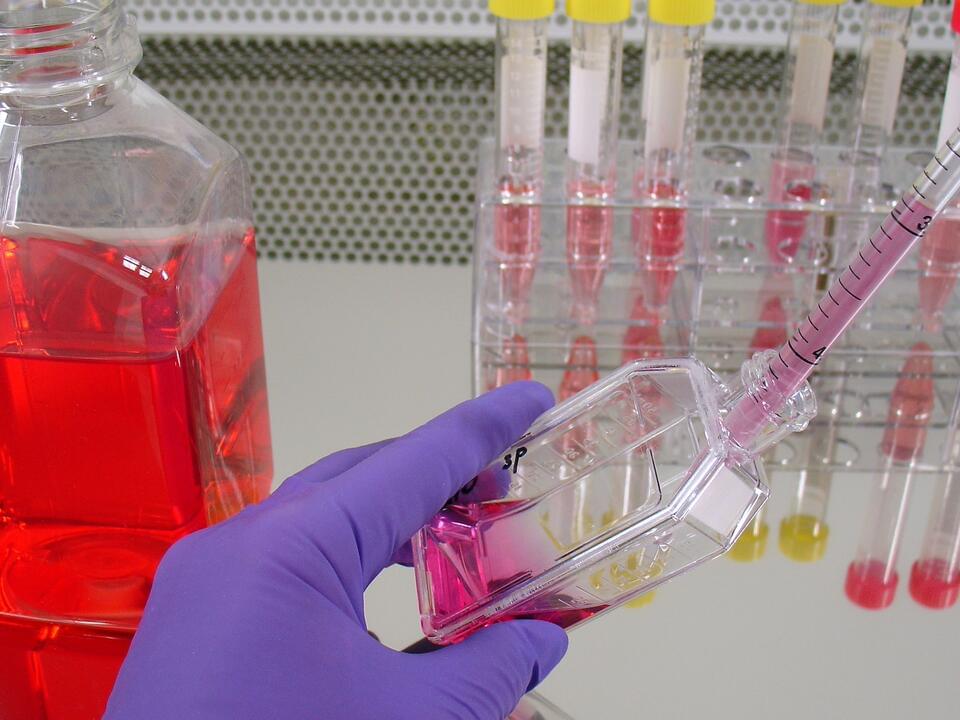

Are points of infinite curvature, where general relativity breaks down, always hidden inside black holes? An audacious attempt to find out is shedding light on the mystery of quantum gravity.
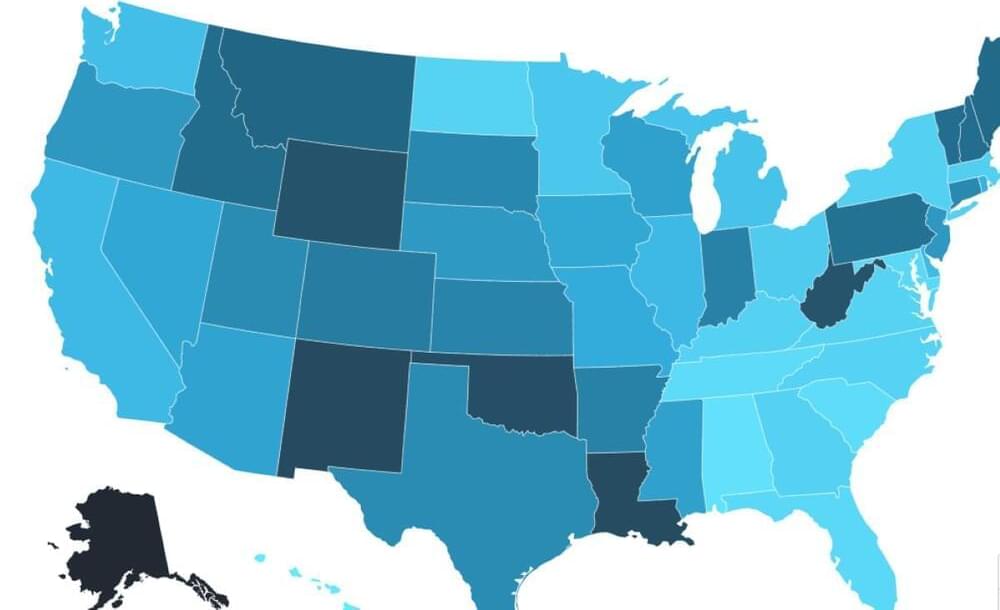


There are plenty of reasons why Google would be interested in going down this route. For example, closer integration would make Android handsets more compatible with Chromebooks. However, it appears the main reason for the move is to accelerate the delivery of AI features.
As the Mountain View-based firm explains, having Chrome OS lean more on Android’s tech stack will make it easier to bring new AI features to Chromebooks. The company adds that along with the change, it wants to maintain the “security, consistent look and feel, and extensive management capabilities” that users are acquainted with.
Google is working on the updates starting today, but notes that users won’t see the changes for a while. The tech giant claims that when everything is ready, the transition will be seamless.